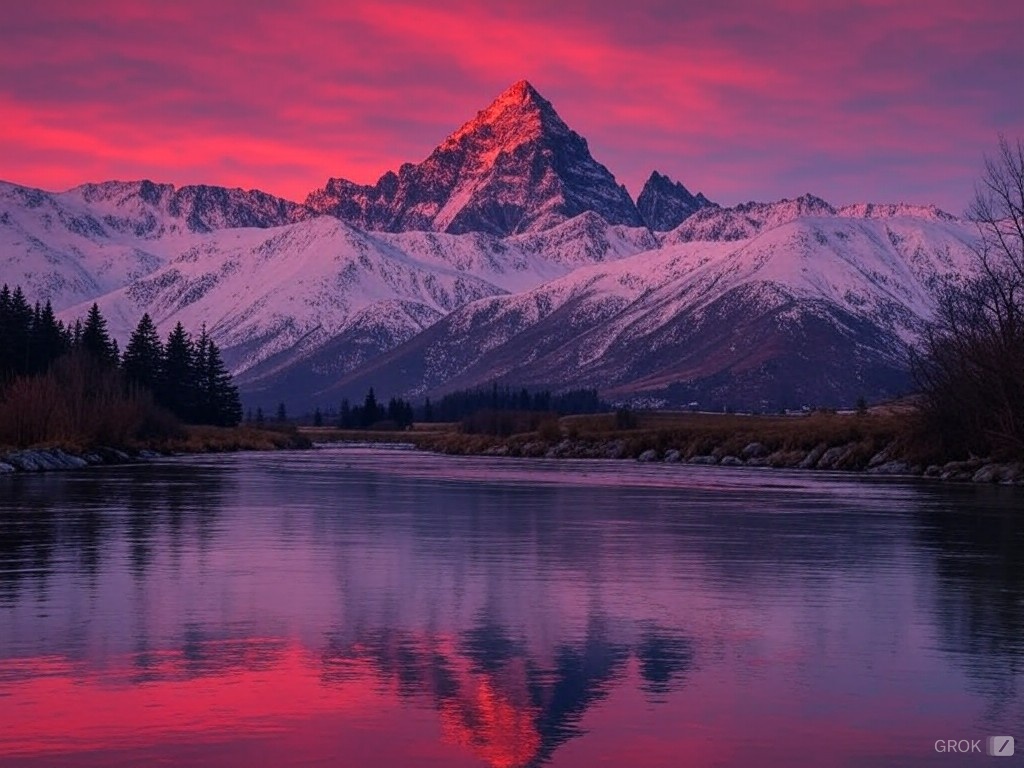Oh, the charm of gaming worlds! Ever walked, or rather, navigated through a game and found yourself standing on a hilltop just to admire the setting sun illuminating the vast digital landscape before you? That, folks, is the magic of well-crafted terrain in video games. And if you’re somewhat into game development, specifically 3D game level design, you probably know that creating these atmospheres is no small feat.
When it comes to 3D game level design, especially in powerful engines like Unity or Unreal, terrain isn’t merely about slapping a few textures on a landscape and calling it a day. It’s about creating an environment that not only looks natural but also feels alive and influences gameplay. And hey, I’ve spent a fair share of my career doing just this; sometimes I imagine I’ve seen more digital sunsets than real ones!
It’s All in the Details
Let me tell you, the devil really is in the details. Whether it’s Unity, Unreal, or even Source Engine, the process might begin somewhat the same—outlining, basic shapes, and basic textures. But to truly create a believable world, you’ve gotta dive deep into the tiny adjustments. The placement of a rock, the slope of a hill, or the density of foliage—all of these elements can dramatically impact the player’s experience.
And think about this for a second, have you ever really considered how the terrain affects gameplay? Layered terrains with varying altitudes can challenge players, provide strategic advantages in combat situations, or merely serve as a puzzle or exploration elements. Not so straightforward, huh?
Adding a Touch of Life
Adding a touch of life to your terrain is like, well, seasoning your favorite dish. A little can go a long way. Ambient sounds, weather effects, the way light plays on the surface during different times of the day, they make the terrain breathe life. Sometimes, I play around with these elements more than I should, but isn’t it all about the fun of creating?
Remember earlier I mentioned standing on a hilltop just to soak in the view? The emotional response that players feel is often tied to these very atmospheric details. It’s almost like you’re painting, not with brushes and oils, but with pixels and shader effects. There’s a poetry to it, a kind of rough poetry, but it’s there.
Embracing the Challenges
But, let’s be real here, it’s not always smooth sailing. The challenge often lies in balancing the aesthetic with performance. High-resolution textures and complex terrains can eat up a lot of processing power. And then there’s the challenge of making everything work together—the gameplay, the narrative, the visual—without one overpowering the other. It’s almost like conducting an orchestra, where every instrument must come in at the right time, in perfect harmony.
I’ve had my moments of doubt, honestly. Times when I thought, “Is this terrain too distracting? Will it cause lag?” But, pushing these boundaries is what leads to learning and eventual mastery. It’s all part of the dance!
So, as we wrap this up, whether you are a fellow game designer or someone passionate about stepping into this realm—remember that terrain is much, much more than the ground characters walk on. It’s a canvas where you set the mood, influence gameplay, and bring your digital world to life.
And hey, if you’re ever in need of brainstorming or just want to talk level design, shoot me an email at [email protected]. Whether it’s Unity, Unreal, or any other platform, I’m here to dive into these creative challenges with you. Cheers to creating worlds!
